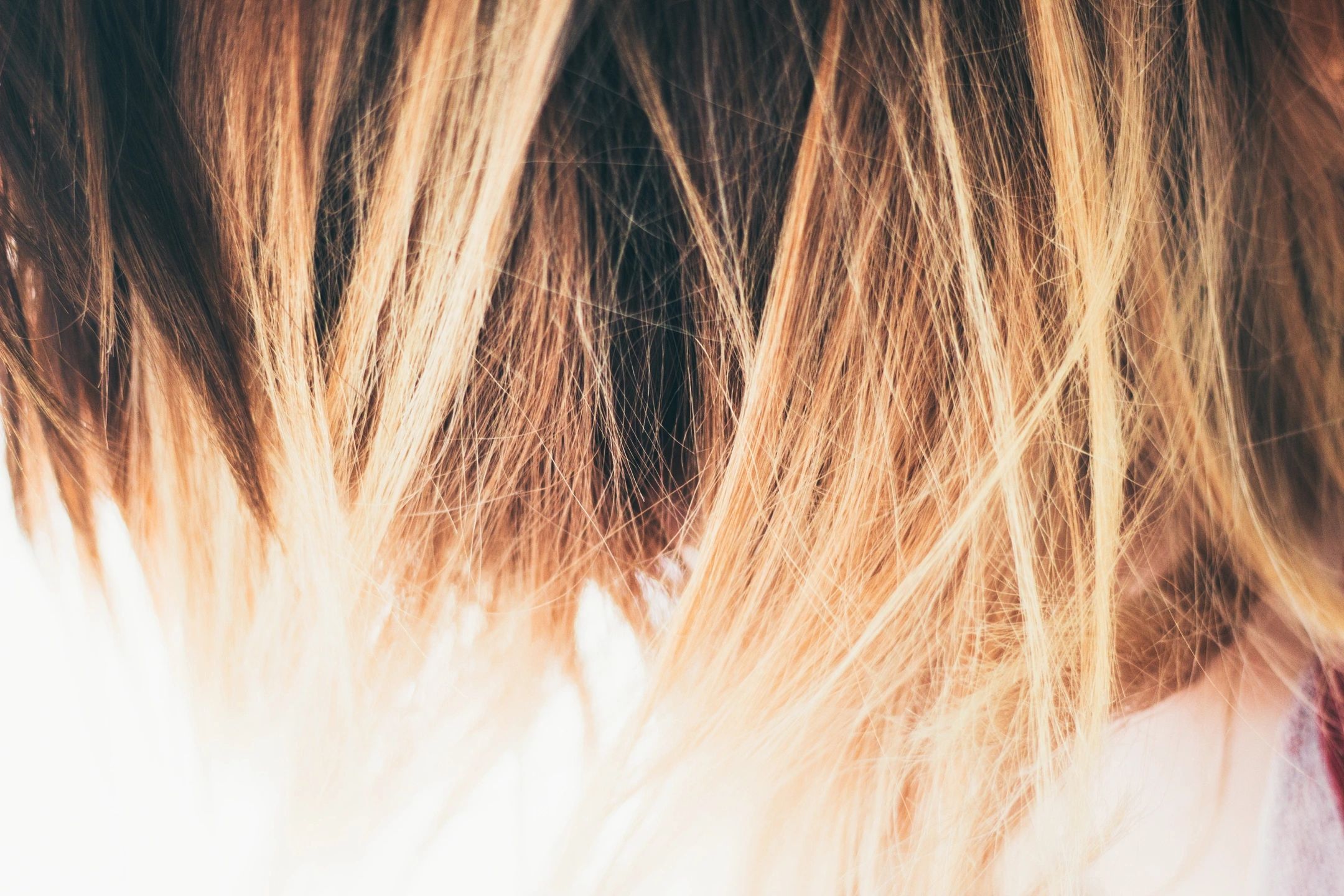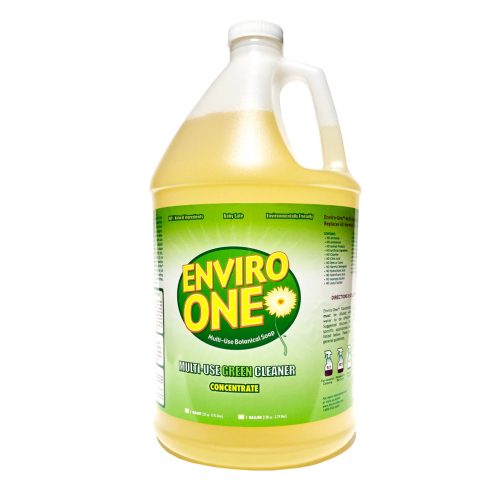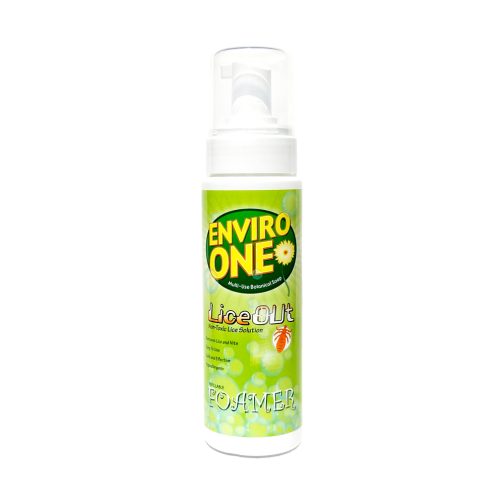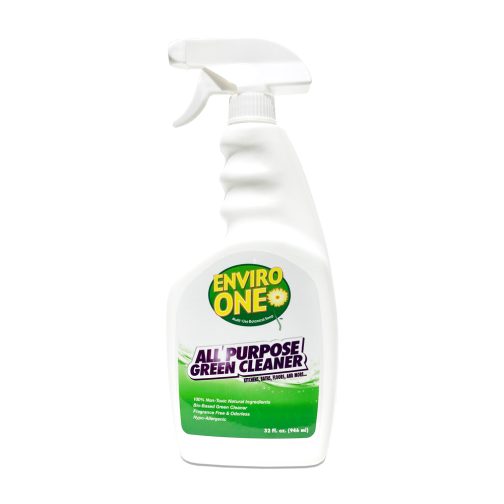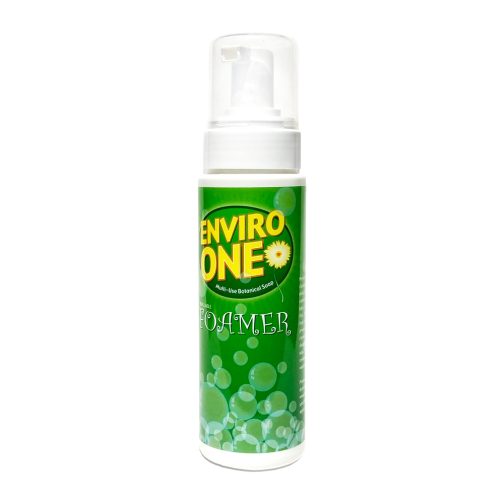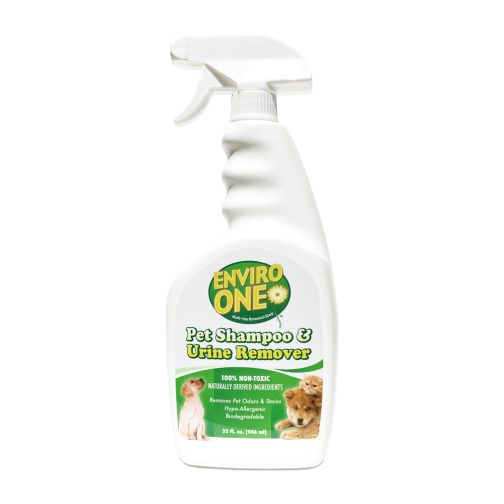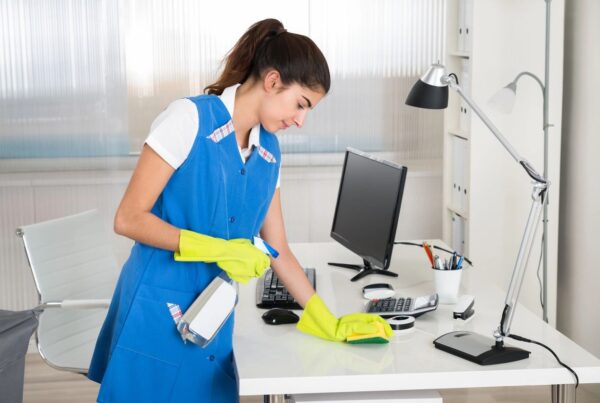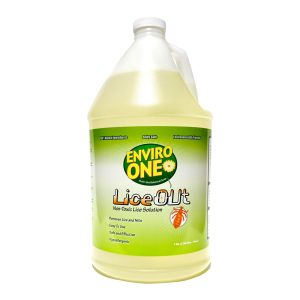 Head lice infestations are a common problem, especially among children. When faced with an infestation, many people turn to traditional head-lice treatments that contain chemicals. However, it is important to be aware of the potential risks associated with these chemical treatments. In this article, we will explore the concerns surrounding traditional head-lice treatments and shed light on the safer alternatives available.
Head lice infestations are a common problem, especially among children. When faced with an infestation, many people turn to traditional head-lice treatments that contain chemicals. However, it is important to be aware of the potential risks associated with these chemical treatments. In this article, we will explore the concerns surrounding traditional head-lice treatments and shed light on the safer alternatives available.
Understanding Head Lice and Nits:
Before delving into the chemical concerns, let’s briefly understand head lice and nits. Head lice are tiny insects that infest the scalp and hair, feeding on human blood. Nits, on the other hand, are the eggs laid by female lice and are typically found attached to hair strands. Head lice are easily transmitted through close contact, especially among children in schools and daycare settings.
Chemical Concerns with Traditional Treatments:
Many traditional head-lice treatments contain chemicals such as pyrethroids, organophosphates, and permethrin. While these chemicals are designed to kill lice, they can pose risks to human health, especially when used repeatedly or inappropriately. Here are some key concerns associated with chemical head-lice treatments:
1. Toxicity: Chemical treatments can be toxic to both humans and the environment. Prolonged exposure to these chemicals may lead to skin irritation, allergic reactions, respiratory problems, and even neurological effects. Children, in particular, are more vulnerable to the toxic effects of these chemicals.
2. Pesticide Resistance:
Over time, head lice have developed resistance to certain chemical treatments, making them less effective. This has led to the need for stronger concentrations or alternative chemicals, further increasing the risks associated with their use.
3. Environmental Impact:
Chemical treatments can have a negative impact on the environment. When these chemicals are washed off during treatment or enter water systems, they can contaminate water sources and harm aquatic life.
Safer Alternatives: Enviro-One LiceOut:
In response to the concerns surrounding traditional head-lice treatments, safer alternatives have emerged. One such alternative is Enviro-One LiceOut, a non-toxic head-lice treatment. Here’s why Enviro-One LiceOut is considered a safer option:
- Non-Toxic Formula: Enviro-One LiceOut is made from natural and non-toxic ingredients, making it safer for children and the environment. It eliminates the need for harsh chemicals, reducing the risk of adverse reactions.
- Effective Lice Treatment: Despite being non-toxic, Enviro-One LiceOut offers effective lice treatment. Its unique formula suffocates and immobilizes lice, effectively breaking the lice life cycle.
- No Pesticide Resistance: Enviro-One LiceOut provides a reliable solution without the concern of pesticide resistance. Its non-toxic approach ensures that lice are eliminated without the need for stronger concentrations or alternative chemicals.
- Safe for Repeat Use: Enviro-One LiceOut can be safely used repeatedly if needed. Its non-toxic nature allows for frequent treatment without the risks associated with chemical alternatives.
- Environmentally Friendly: Enviro-One LiceOut is environmentally friendly. It does not contaminate water systems or harm aquatic life, making it a responsible choice for lice treatment.
September: Lice Treatment Awareness Month:
September is recognized as Lice Treatment Awareness Month, emphasizing the importance of education, prevention, and safe treatment options for head lice. It serves as a reminder to consider non-toxic alternatives like Enviro-One LiceOut to address head lice infestations effectively.
Conclusion:
When dealing with head lice, it is crucial to prioritize the safety

